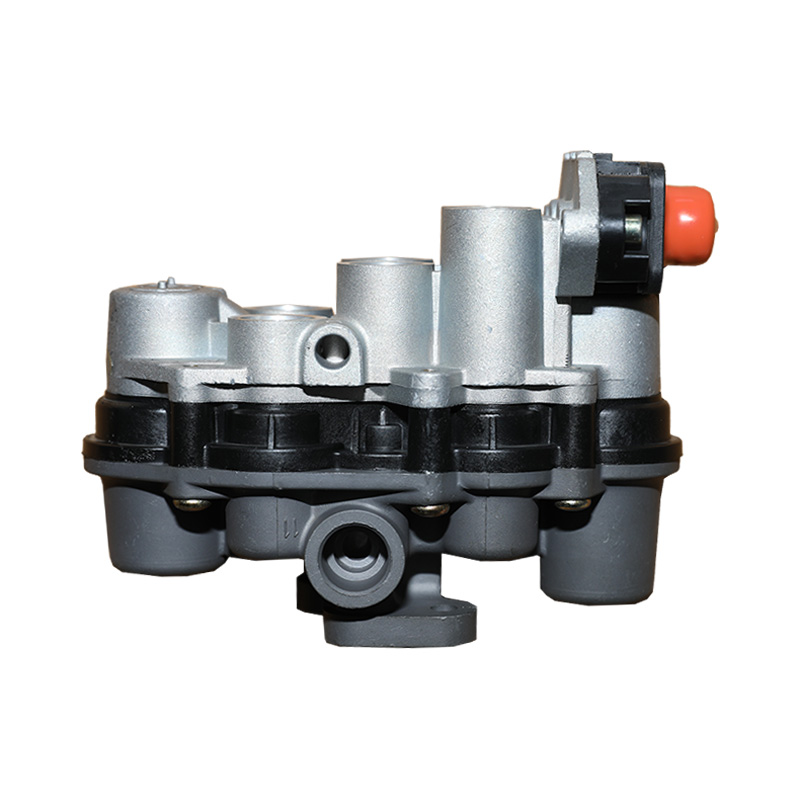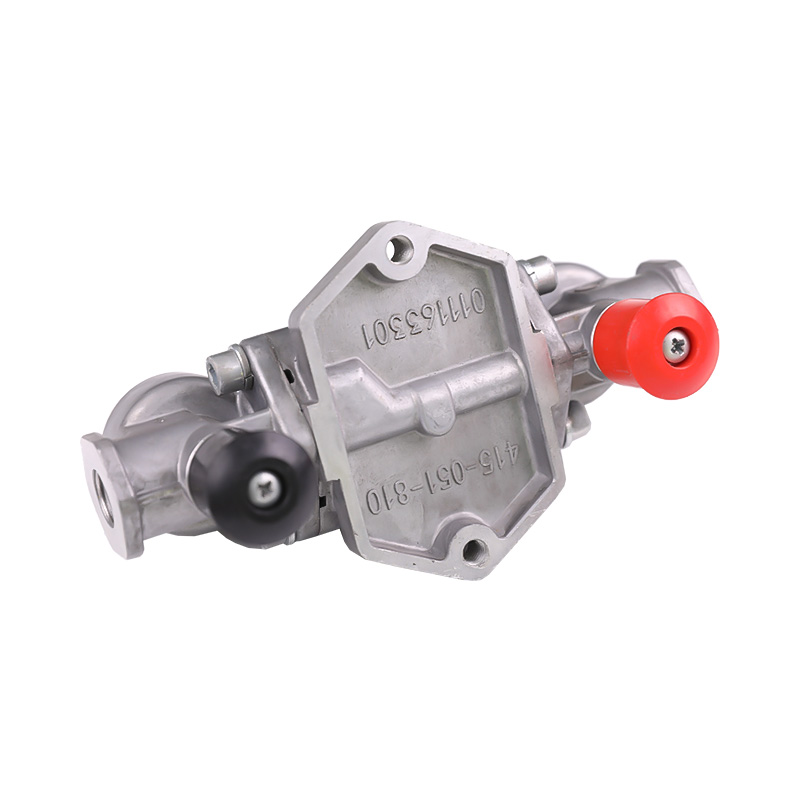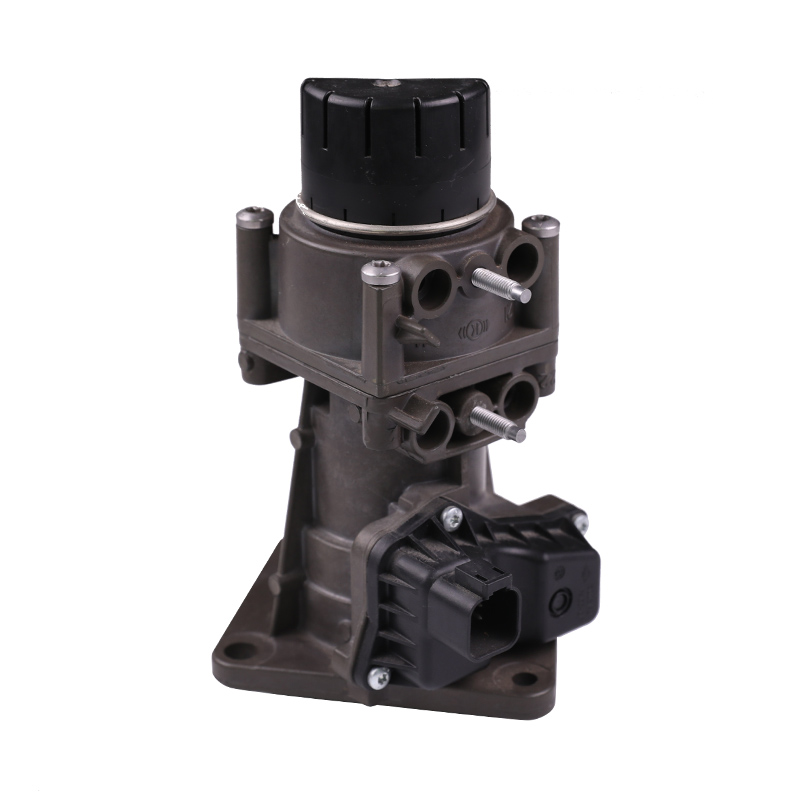Parking brake systems on trucks and buses are often referred to as "cut brakes". After parking, the driver simply pulls the valve on the dashboard to release the "chucked" air from under the car, and the car stops. Before driving, the car must be "boom pressure", and the car must be started after the air pressure exceeds a certain pressure. So how do air brakes work? Today we will introduce the structure and working principle of the car air brake in detail, and how to make the car drive without air pressure in the situation.
First, let's take a look at a diagram of how a normal air brake system works. The pneumatic braking system is a dynamic braking system with compressed air as the power source. It is commonly used in trucks and large trucks. The braking force is larger than that of the hydraulic braking system, but the system has a complex structure and many components. How it works is actually quite simple. When the car needs to brake, the driver controls the brake pedal, opens the brake master cylinder control valve, makes the compressed air in the air cylinder enter the brake cylinder, opens the brake cylinder outward, and then pushes the wheel braking action , producing braking force that slows the car until it comes to a stop. Cars today are basically two-way braking with independently controlled front and rear wheels. When one set of tubes loses braking action, the other set of tubes can still continue to work normally to avoid the car from completely losing braking power.
In order to make the car more safe and reliable, there are generally four sets of braking devices on the car, namely the common braking system, the parking braking system, the emergency braking system and the auxiliary braking system. The service brake system and the parking brake system share a set of wheel brakes, but their control systems are completely separate. When one system fails, the other can reliably bring the car to a halt. The emergency braking system is usually the same device as the parking brake system, with only a few devices connected to it. The auxiliary braking system adopts exhaust braking, hydraulic retarder and eddy current retarder can improve the braking force to a certain extent and reduce the load of the braking system, but cannot make the car stop completely.
At present, the parking brake system in the form of air brake for large trucks usually adopts a strong spring parking brake, also known as "air brake". The following figure shows the working principle of a common strong spring parking brake system. Let's use this diagram to analyze how it works. The system is mainly composed of hand brake valve, relay valve and strong spring parking brake.






